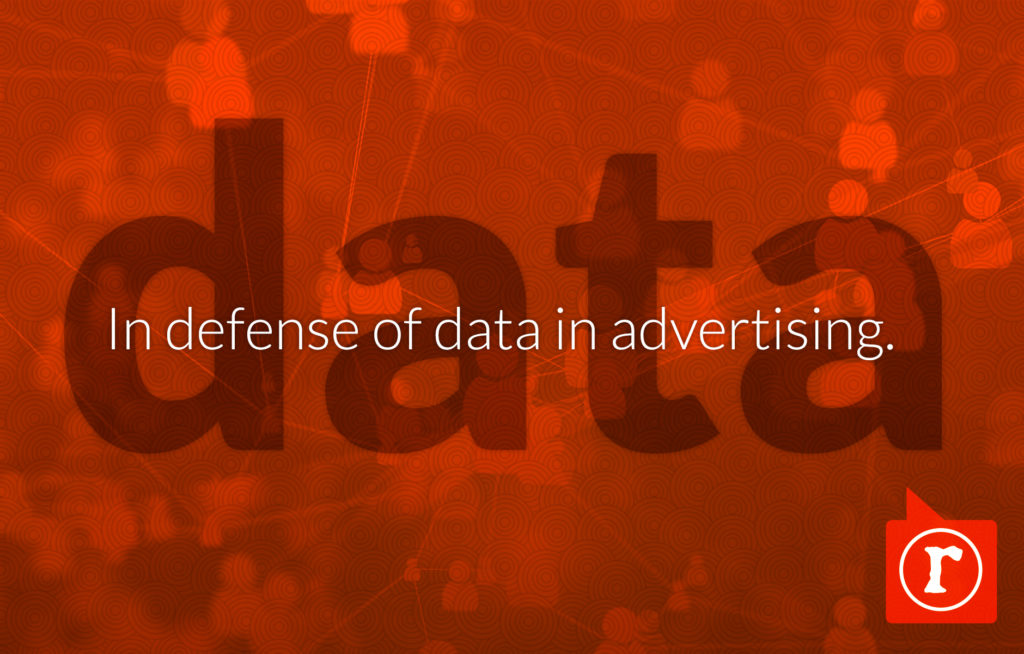
In the wake of the Cambridge Analytica scandal, there’s undoubtedly going to be a continuing backlash against the collection of data through digital/social media channels. The manipulative, and outright illegal, abuses that seem to be coming out should rightfully be condemned. People should think deeply about the digital breadcrumbs they are leaving behind. But, there is a less sinister part of the equation to consider.
Data allows advertisers to present ads for products and services in which the consumer is actually interested. The goal of Google is to deliver the best, most relevant search results possible. Facebook, Twitter, and others want you to enjoy your experience and spend more time on their networks. So delivering a customized experience is essential to all their business models. As advertisers, the ability to target specific consumers should be a two-way street, where the consumer and the advertiser both benefit. Gone are the days of seeing ads that have no relevance to your lifestyle.
We know: that chair you looked at on Crate and Barrel that seems to follow you everywhere online is kind of creepy. But wouldn’t you rather see an ad for a chair that you actually like, and maybe a discount on that chair, rather than an ad for erectile dysfunction?
Here’s a look at a demographic target in the days before and after data, and the powerful new way to use the data we have:
Before: Adults over 50, with a household income of $100,000
After: Men aged 60–63, living in the Charlotte metro area, interested in fencing, the Porsche owners’ club, and perhaps erectile dysfunction medications.
Really, we’re just trying to help. 😉
(Hear what his dog has to say about him)